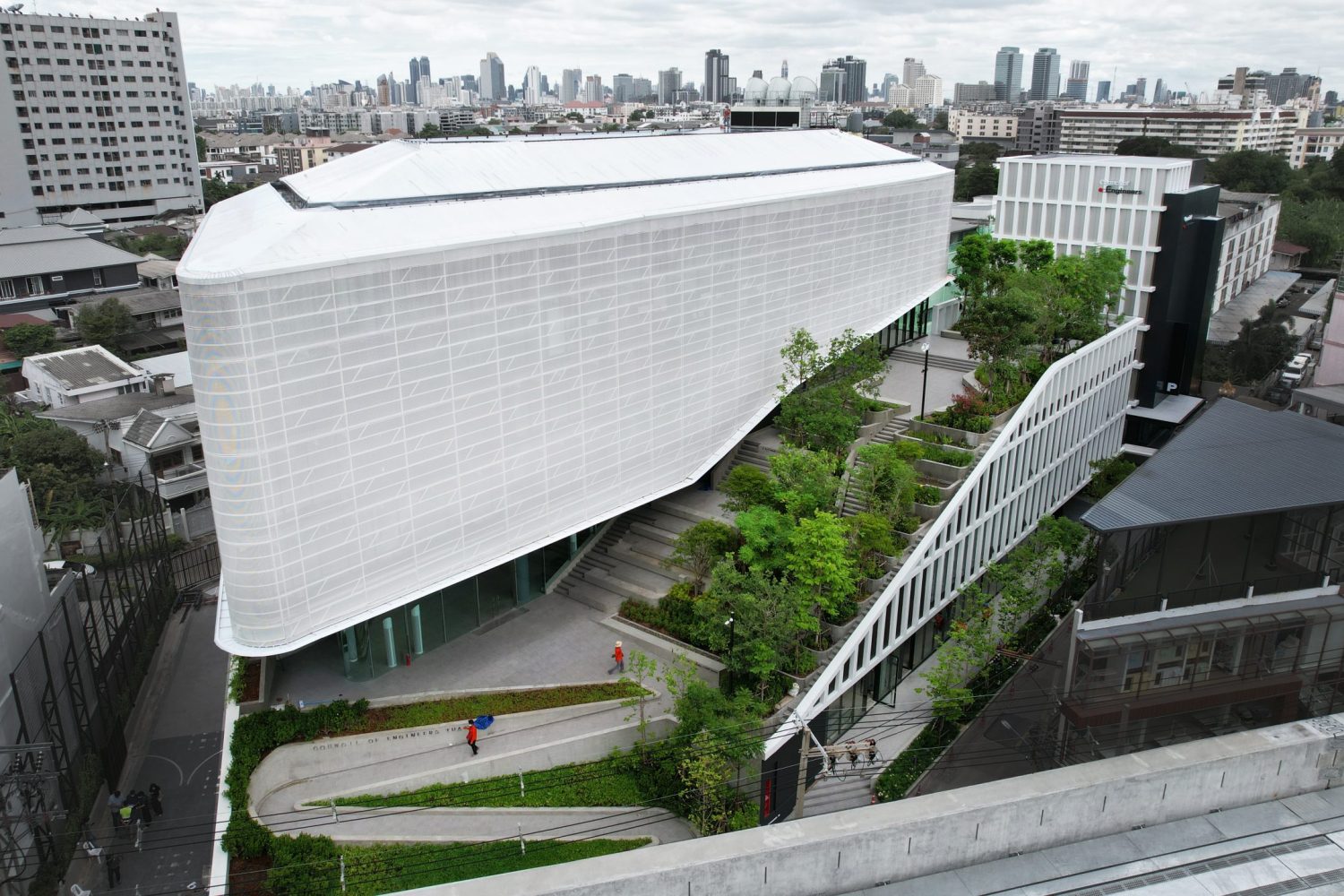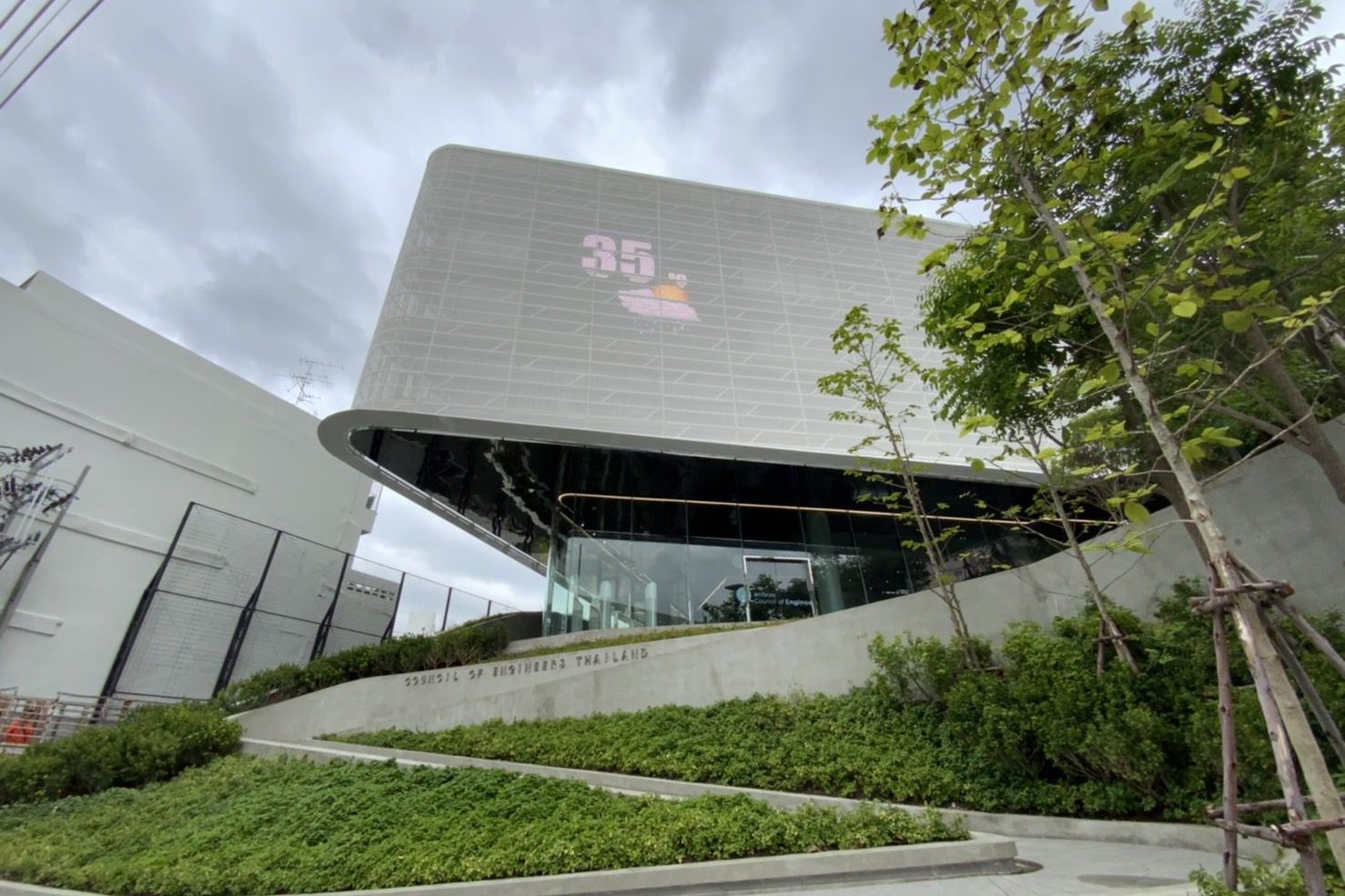EXAMINE THE ASPECT OF NATURAL LIGHT IN ARCHITECTURE WHICH RELATES TO HUMAN THOUGHT, MYTHS AND HISTORY THROUGH THE EYES OF ATIVICH KULNGAMNETR FROM ATIVICH DESIGN STUDIO
TEXT: ATIVICH KULNGAMNETR
PHOTO CREDIT AS NOTED
(For Thai, press here)
Challennging the potential of human’s mind: From natural light to the birth of innovation
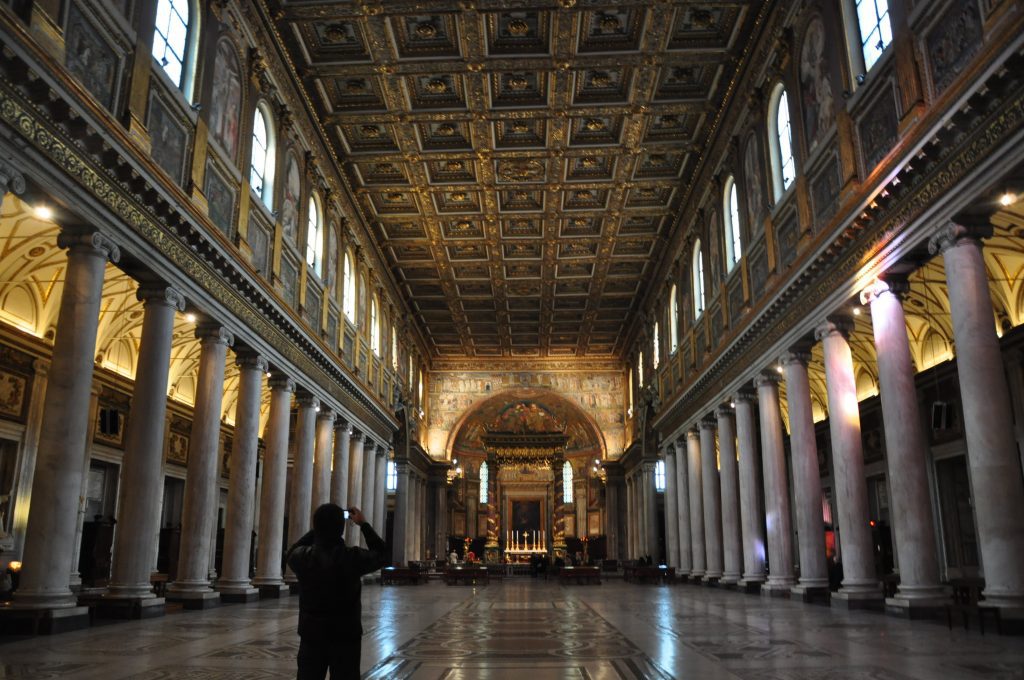
Basilica di Santa Maria Maggiore, Rome, with the main architectural characteristics being the structure and solid walls with minimum openings I Photo courtesy of revealedrome
Going back in time to revisit the past of architectural design, one can find the periodic division of history that is closely related to prominent changes of architectural styles and typologies, from construction, ideation and governance. Historians intertwine these connections to depict developments and methodologies, applied and indicative of the evolving complexity of human’s mind. Works of architecture that are long-lasting withstand the changing courses of time and are a representation of incredible developments of human’s cognition and built environment in different time periods. If we were to look at such a narrative from a certain perspective, we would eventually discover changes in the presence of natural light in architectural spaces. The increase was gradual and filled with myths, ideas and beliefs existing through different parts of history.

Kalm Clinic designed by ativich design studio reveals a calculated control of the space’s visibility and access to natural light through the use of arches and curved walls I Photo: Suebsai Songprasert)

Kalm Clinic designed by ativich design studio reveals a calculated control of the space’s visibility and access to natural light through the use of arches and curved walls I Photo: Suebsai Songprasert)
From rigid, solid and enclosed stone forts, to gradually widened and bigger openings, humans devise construction techniques and engineering developments to achieve unprecedented architectural characteristics. Arches are constructed to enable openings with sharp corners to be larger. The changing physical appearances of architecture come in various forms, from churches of the Gothic period where structural elements are exposed and placed at the outer perimeter, to the oversized openings of modern homes. There are times when one’s experience of contemporary works of architecture get overshadowed by the abundance of natural light and delicate materials whose main job is to keep the interior air from escaping the enclosed spaces.
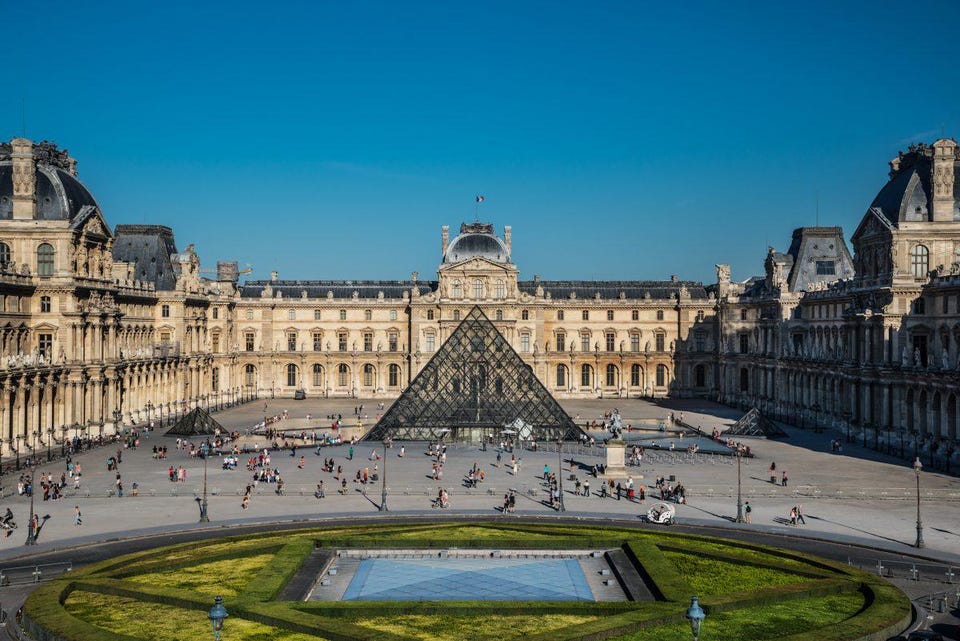
Glass Pyramid Louvre Museum,Paris designed by I.M.Pei sits at the center of the square of the Louvres with the transparency of the glass and steel frame, following the design’s intention to keep the structure from obstructing the nearby historical building I Photo courtesy of Forbes

Glass Pyramid Louvre Museum,Paris designed by I.M.Pei sits at the center of the square of the Louvres with the transparency of the glass and steel frame, following the design’s intention to keep the structure from obstructing the nearby historical building I Photo courtesy of Forbes
Humans’ desire for natural light has been a significant driving force behind countless developments of knowledge, ideas and innovations. From humans’ attempt to compare of the scarcity of natural light in architecture to beliefs and faith, to the learning to control and arrange different colors of light, then to a tool such as stained glass that helps tell stories; from an endeavor to prevent the chilling outside air and allow only light to provide the warmness, or even the trials and errors humans went through to invent light bulbs and electricity to generate light in the time when the sun cannot. All of these things are products of knowledge and ideas rooted in Individualism, which enables humans to seek and access mathematical, scientific and artistic wisdom, all of which are results of humans’ desires and quests to overcome the power of nature.
Made of sand and freely formed by heat, the transparent material can be shaped, changed and remain in the desired forms. Humans have invented ways for glass to have a variety of colors and levels of transparency, using it in creations that are beyond the realm of furniture. Techniques and methods are developed as humans learn to control the formation of glass to be used in architectural design. Glass panels have gone through their own history of developments, and along the way, different types of glass have been born, from transparent glass, to even more transparent glass to mirror and tempered glass, or other types of glass that have gone through industrial processes in order to meet humans’ desires to create not only beauty, but new design solutions.
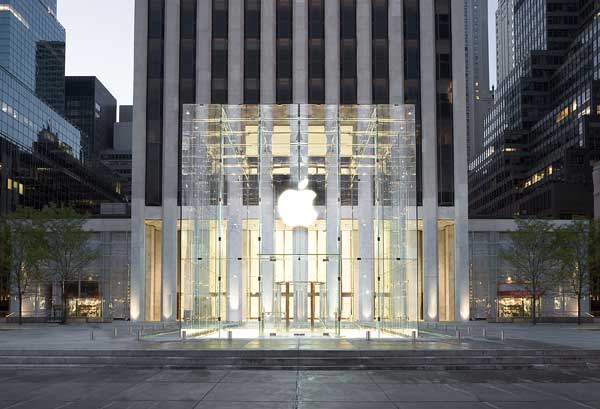
Apple 5th ave. store, New York designed by Foster+Partners in 2006. The renovation was later done in 2019 with an installation of bigger and clearer glass panels I Photo courtesy of hongkiat

Apple 5th ave. store, New York designed by Foster+Partners in 2006. The renovation was later done in 2019 with an installation of bigger and clearer glass panels I Photo courtesy of hongkiat I Photo courtesy of appleinside
Glass has not only been used in architecture, but integrated to other technologies. Designs developed with different thought processes and utilitarian purposes birth countless everyday life innovations. Distorted visual perceptions can be readjusted with the help of glass lenses. Humans turn glass into a portable screen of a smart phone they can carry around and give command. We’ve figured out a way to combine chemical compounds to make glass resistant to scratches and be self-repaired. We invented a way to create sounds and transmit them through glass fibers that allow messages and data to travel across oceans and continents within a matter of seconds. We are attempting to generate electricity from this transparent, ordinary looking material that we have all been familiar with, changing the world of design and innovation as a result, if achieved.
A human’s mindset can be expanded and adjusted. We learn through experimentation; to remember and develop with excellence. At the same time, we are not only improving what we had already achieved, but also continue to invent. New creations and inventions emerge like a parallel body of work because who would have thought that the attempt to challenge the power of nature, originated from a seemingly simple question, would lead us to all the great changes we have witnessed until now.

